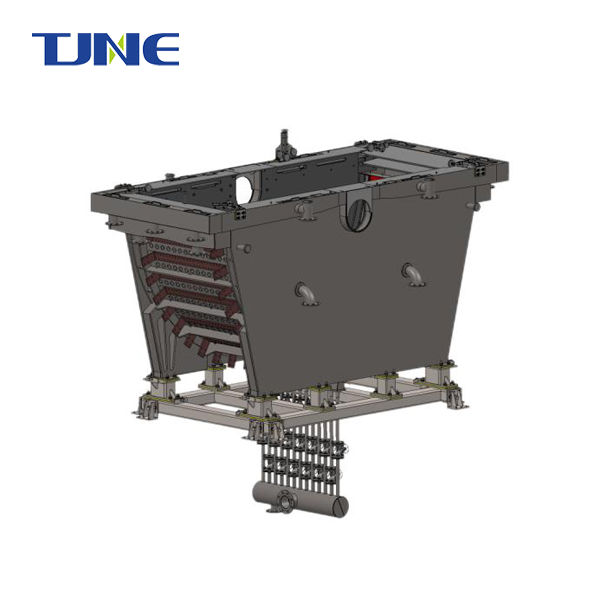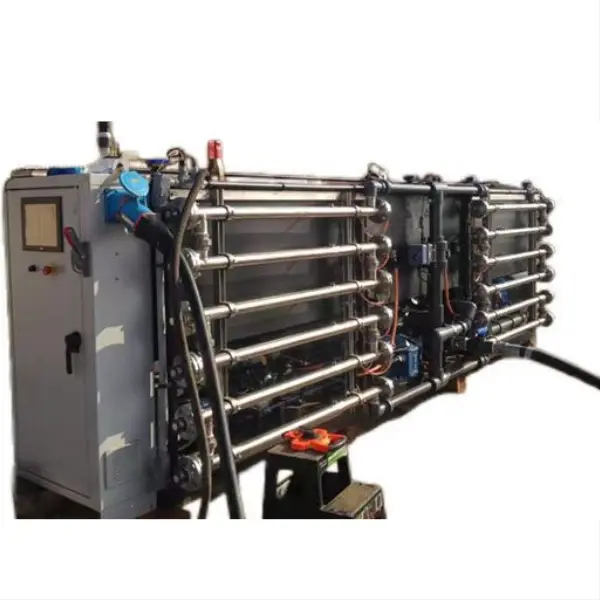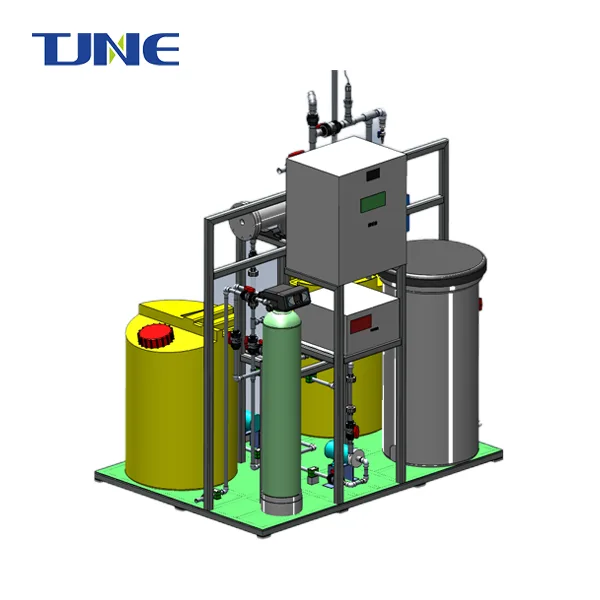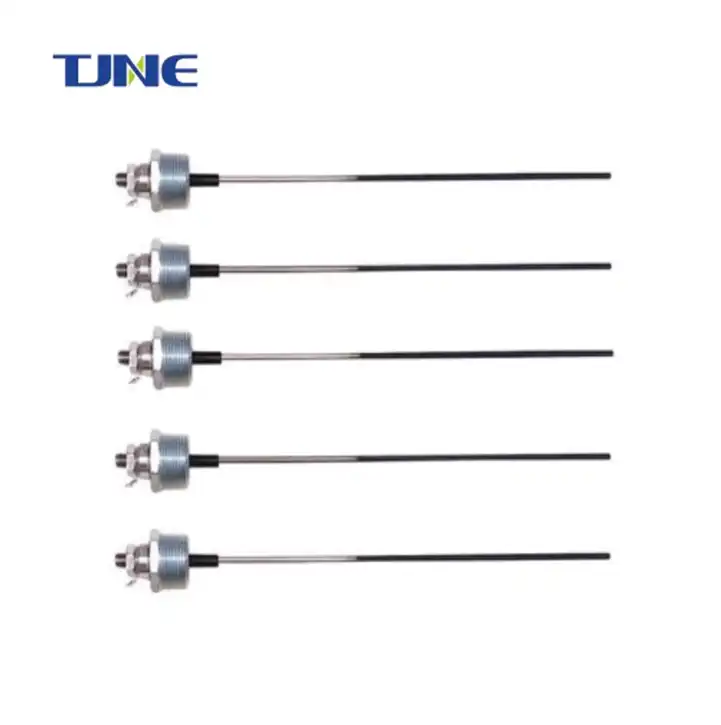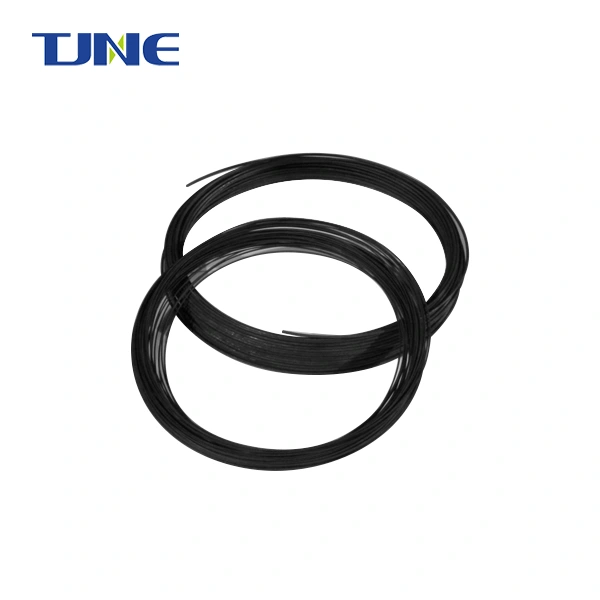- English
- French
- German
- Portuguese
- Spanish
- Russian
- Japanese
- Korean
- Arabic
- Greek
- German
- Turkish
- Italian
- Danish
- Romanian
- Indonesian
- Czech
- Afrikaans
- Swedish
- Polish
- Basque
- Catalan
- Esperanto
- Hindi
- Lao
- Albanian
- Amharic
- Armenian
- Azerbaijani
- Belarusian
- Bengali
- Bosnian
- Bulgarian
- Cebuano
- Chichewa
- Corsican
- Croatian
- Dutch
- Estonian
- Filipino
- Finnish
- Frisian
- Galician
- Georgian
- Gujarati
- Haitian
- Hausa
- Hawaiian
- Hebrew
- Hmong
- Hungarian
- Icelandic
- Igbo
- Javanese
- Kannada
- Kazakh
- Khmer
- Kurdish
- Kyrgyz
- Latin
- Latvian
- Lithuanian
- Luxembou..
- Macedonian
- Malagasy
- Malay
- Malayalam
- Maltese
- Maori
- Marathi
- Mongolian
- Burmese
- Nepali
- Norwegian
- Pashto
- Persian
- Punjabi
- Serbian
- Sesotho
- Sinhala
- Slovak
- Slovenian
- Somali
- Samoan
- Scots Gaelic
- Shona
- Sindhi
- Sundanese
- Swahili
- Tajik
- Tamil
- Telugu
- Thai
- Ukrainian
- Urdu
- Uzbek
- Vietnamese
- Welsh
- Xhosa
- Yiddish
- Yoruba
- Zulu
Are There Environmental Benefits to Using Electrodeposited Titanium Electrodes for Copper Plating?
Copper plating is a widely used industrial process with applications ranging from electronics to decorative finishes. However, traditional copper plating methods often raise environmental concerns due to their energy consumption and potential for toxic waste generation. In recent years, there has been growing interest in using electrodeposited titanium electrodes as an alternative in copper plating processes. This blog post will explore the potential environmental benefits of this approach, with a focus on the technology offered by Xi'an Taijin New Energy & Materials Sci-Tech Co., Ltd., a leading titanium electrode manufacturer.
How do titanium electrodes compare to traditional electrodes in copper plating efficiency?
The efficiency of copper plating processes is a crucial factor in determining their environmental impact. Traditional copper plating often uses lead or graphite electrodes, which can have limitations in terms of conductivity and durability. Titanium electrodes, particularly those electrodeposited with specific coatings, offer several advantages that can lead to improved efficiency.
Firstly, titanium electrodes exhibit excellent electrical conductivity, which allows for more uniform current distribution during the plating process. This results in a more even copper deposition and reduces the likelihood of defects or areas of poor coverage. The improved uniformity means less copper is wasted, and fewer reworks are required, ultimately reducing the overall environmental footprint of the plating operation.
Secondly, titanium electrodes are highly resistant to corrosion and degradation in the harsh chemical environments typical of plating baths. This durability translates to longer electrode lifespans, reducing the frequency of replacements and the associated environmental costs of manufacturing and disposing of electrodes.
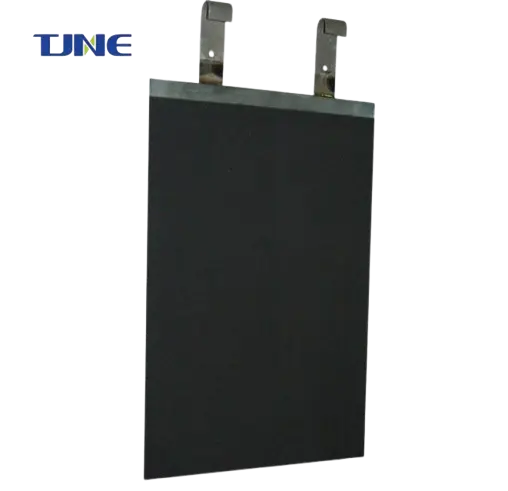
Furthermore, the surface properties of electrodeposited titanium electrodes can be tailored to enhance their catalytic activity. This can lead to lower overpotentials during the plating process, meaning less energy is required to achieve the desired copper deposition rate. Xi'an Taijin New Energy & Materials Sci-Tech Co., Ltd. has developed proprietary coatings for their titanium electrodes that maximize this catalytic effect, further improving energy efficiency.
The combination of these factors – improved conductivity, enhanced durability, and optimized surface properties – results in a more efficient copper plating process. This efficiency translates directly to environmental benefits, including reduced energy consumption, decreased raw material waste, and lower emissions associated with electrode production and replacement.
What impact do titanium electrodes have on the quality and purity of copper plating?
The quality and purity of the copper plating are not only important for the performance of the final product but also have significant environmental implications. Higher quality plating typically means longer-lasting products, reducing the need for replacements and the associated environmental impact of manufacturing and disposal.
Titanium electrodes, particularly those produced by Xi'an Taijin New Energy & Materials Sci-Tech Co., Ltd., can contribute to improved copper plating quality in several ways. The uniform current distribution provided by titanium electrodes results in more consistent copper deposition across the plated surface. This uniformity reduces the occurrence of thin spots or areas of excessive buildup, which can lead to premature failure or poor performance of the plated component.
Moreover, titanium electrodes are chemically inert in most plating bath compositions. Unlike some traditional electrode materials, titanium does not introduce contaminants into the plating solution. This purity helps maintain the integrity of the plating bath over time, reducing the frequency of bath replacements and the associated waste disposal issues.
The surface finish of electrodeposited titanium electrodes can also be engineered to promote the formation of fine-grained copper deposits. These fine-grained structures often exhibit superior mechanical properties and corrosion resistance compared to coarser deposits. As a result, the plated copper layers are more durable and resistant to wear and environmental degradation, extending the lifespan of the plated products.
Additionally, the use of titanium electrodes can enable more precise control over the plating process parameters. This level of control allows for the optimization of copper deposition rates and morphology, potentially reducing the thickness of copper required to achieve the desired properties. Thinner, higher-quality copper layers mean less copper usage overall, conserving resources and reducing the environmental impact of copper mining and refining.
By contributing to higher quality and purity in copper plating, titanium electrodes help create more durable and efficient products. This longevity reduces the frequency of replacement and repair, ultimately leading to less waste and lower environmental impact throughout the product lifecycle.
Can titanium electrodes reduce hazardous waste generation in copper plating processes?
One of the most significant environmental concerns associated with traditional copper plating processes is the generation of hazardous waste. This waste can include spent plating solutions, sludges containing heavy metals, and contaminated rinse waters. The use of titanium electrodes has the potential to address some of these issues and contribute to a reduction in hazardous waste generation.
Firstly, the corrosion resistance of titanium electrodes means they do not degrade and contaminate the plating bath over time. Traditional electrodes, particularly those made of lead, can slowly dissolve in the plating solution, introducing harmful contaminants. This contamination not only affects the quality of the plating but also increases the toxicity of the spent plating bath, making it more challenging and expensive to treat and dispose of safely. By eliminating this source of contamination, titanium electrodes help extend the life of plating baths and reduce the volume of hazardous waste generated.
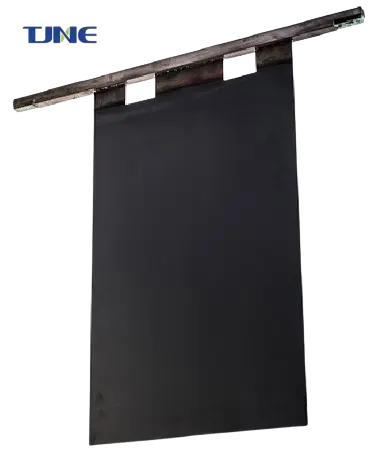
Secondly, the efficiency improvements provided by titanium electrodes can lead to a reduction in the overall chemical consumption of the plating process. More efficient plating means less copper is wasted as sludge or in drag-out losses. This reduction in waste not only conserves resources but also minimizes the amount of copper-containing waste that needs to be treated or disposed of.
Xi'an Taijin New Energy & Materials Sci-Tech Co., Ltd. has developed specialized coatings for their titanium electrodes that can further enhance these benefits. These coatings can promote more efficient copper ion reduction at the cathode, reducing the formation of harmful byproducts such as hydrogen gas. This not only improves the safety of the plating operation but also reduces the need for additional chemical treatments to manage these byproducts.
Furthermore, the use of titanium electrodes can enable the adoption of more environmentally friendly plating bath chemistries. Some advanced copper plating formulations, which are less toxic and more biodegradable than traditional cyanide-based baths, require specific electrode properties to function effectively. Titanium electrodes, with their customizable surface properties, can be tailored to work optimally with these greener plating solutions, facilitating a broader shift towards more environmentally benign plating processes.
The durability of titanium electrodes also means fewer electrode replacements, reducing the waste associated with spent electrodes. While titanium electrodes may have a higher initial cost, their long lifespan and recyclability at the end of their useful life contribute to a reduced overall environmental impact compared to more frequently replaced traditional electrodes.
In conclusion, the use of electrodeposited titanium electrodes in copper plating processes offers several potential environmental benefits. These include improved efficiency, higher quality plating, and reduced hazardous waste generation. As the industry continues to seek more sustainable practices, technologies like those developed by TJNE play a crucial role in advancing environmentally friendly copper plating solutions. By adopting titanium electrodes, plating operations can reduce their environmental footprint while potentially improving product quality and process efficiency.
If you are interested in the products of Xi'an Taijin New Energy & Materials Sci-Tech Co., Ltd., please contact yangbo@tjanode.com.
References:
1. Walsh, F. C., & Ponce de León, C. (2014). A review of the electrodeposition of metal matrix composite coatings by inclusion of particles in a metal layer: an established and diversifying technology. Transactions of the IMF, 92(2), 83-98.
2. Schlesinger, M., & Paunovic, M. (Eds.). (2011). Modern electroplating (Vol. 55). John Wiley & Sons.
3. Santana, R. A. C., Campos, A. R. N., Medeiros, E. A., Oliveira, A. L. M., Silva, L. M. F., & Prasad, S. (2007). Studies on electrodeposition and corrosion behavior of a Ni–W–Co amorphous alloy. Journal of Materials Science, 42(22), 9137-9144.
4. Tsai, W. C., Wan, C. C., & Wang, Y. Y. (2002). Mechanism of copper electrodeposition by pulse current and its relation to current efficiency. Journal of Applied Electrochemistry, 32(12), 1371-1378.
5. Low, C. T. J., Wills, R. G. A., & Walsh, F. C. (2006). Electrodeposition of composite coatings containing nanoparticles in a metal deposit. Surface and Coatings Technology, 201(1-2), 371-383.
6. Dini, J. W., & Snyder, D. D. (2010). Electrodeposition of copper. In Modern Electroplating (pp. 33-78). John Wiley & Sons, Inc.
7. Gu, C., Lian, J., Li, G., Niu, L., & Jiang, Z. (2005). Electroless Ni–P plating on AZ91D magnesium alloy from a sulfate solution. Journal of Alloys and Compounds, 391(1-2), 104-109.
8. Chandrasekar, M. S., & Pushpavanam, M. (2008). Pulse and pulse reverse plating—Conceptual, advantages and applications. Electrochimica Acta, 53(8), 3313-3322.
9. Cui, G., Bi, Q., Niu, S., Yang, J., & Wang, L. (2015). The effect of grain size on the mechanical properties of nanocrystalline NiCo alloys. Materials Science and Engineering: A, 631, 185-191.
10. Youssef, K. M. S., Koch, C. C., & Fedkiw, P. S. (2004). Improved corrosion behavior of nanocrystalline zinc produced by pulse-current electrodeposition. Corrosion Science, 46(1), 51-64.
Related Industry Knowledge
- How Does Electrodeposited Titanium Enhance Copper Coating Adhesion?
- What Are the Benefits of Using Electrodeposited Titanium Electrodes for Copper Plating?
- How Do Electrodeposited Titanium Electrodes Enhance Copper Plating Efficiency and Quality?
- How to Prepare a Titanium Electrode for Copper Electrodeposition?
- What is the Process Involved in Electrodepositing Copper Using a Titanium Electrode?
- Can Copper Be Used as an Electrode?
- Can Electrodeposited Titanium Electrodes Improve the Adhesion of Copper Coatings?
- Why Should You Consider Electrodeposited Titanium Electrodes for Copper Plating?
- What Makes PCB RPP Copper Plating Essential for Durable Surface Area Enhancement?
- How Does PCB VCP DC Copper Plating Work in Direct Current Systems?






